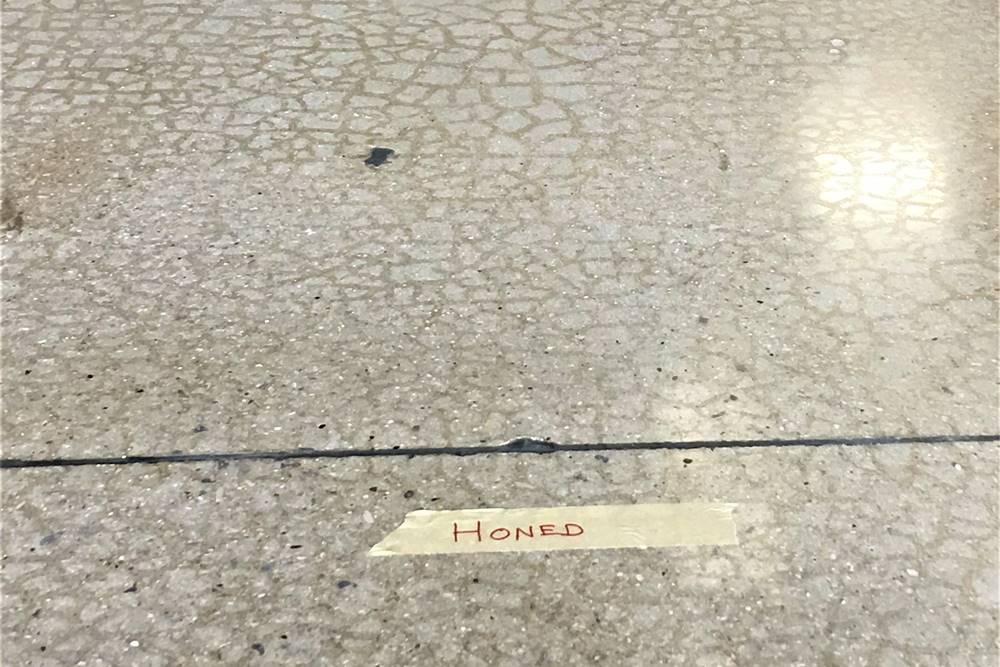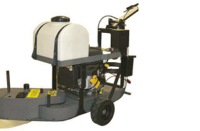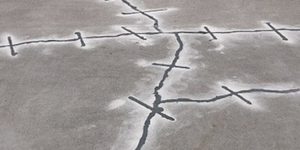
In this tip, you’ll learn about craze cracks. These common cracks wouldn’t exist if installers had properly mixed and placed the concrete and allowed it to fully cure. Craze cracks — sometimes called map cracking, mud cracking or spider cracks — all name the same thing.
I believe you should have concrete polishing knowledge that includes a basic understanding of the different types of cracks. This, along with what to say and how to remedy the defective concrete, will separate you from the rest!
What are craze cracks and why do they happen?
Craze cracks are small pattern cracks on a slab’s surface. Premature surface drying causes this issue. When an exposed concrete surface dries before the underlying concrete, it breaks from stress and appears as small puzzle pieces. Crazing typically happens during placement when the surface gets exposed to low humidity, high airflow, hot concrete, hot sun or any combination of these.
Crazing patterns typically form grids of about 2 inches in diameter. The gaps/cracks are .004 inches or less wide, and the pieces are only 1/32-inch deep. You can’t even see many craze cracks until the floor’s surface gets wet or a polishing contractor grinds the surface. Still, most of the time, grinding won’t erase them.
Communication is key
Make the architect, owner, general contractor and concrete contractor aware that craze cracks can be minimized or prevented. Simply start to cure the concrete as soon as possible after the final finish, especially on a hard-troweled floor. Moist curing works best (water or blankets), although a chemical curing compound works too.
When a polished concrete crew member notices craze cracks, they should immediately document (photograph) their findings and tell the GC. I also suggest they send photos to your company to alert all parties. This should eliminate unanswered questions and any cause for nonpayment later in the project.
Fact: Craze cracks don’t affect the performance of a slab, just the appearance.
Here’s the tip
Follow these best practices when polishing a surface with craze cracks:
- Choose metal-bond diamond tooling that has beveled edges.
- Grind wet if possible.
- Use tooling with more segments.
- Clean well to reduce random slurry from scratching.
- Densify early and often.
- Grout the entire floor.
Wet grinding will tear the surface less and cut cleaner, allowing the cracks to remain tight. Beveled edges and more segments increase the surface contact, which will reduce ripping and tearing. They also allow cracks to stay tight.
Densifying will give strength/harden the soft particles at the surface, allowing more particles to polish up instead of breaking away. Grouting is the most obvious. It will fill the voids and allow for a clearer shine and easier maintenance. Little things matter and can add up.















